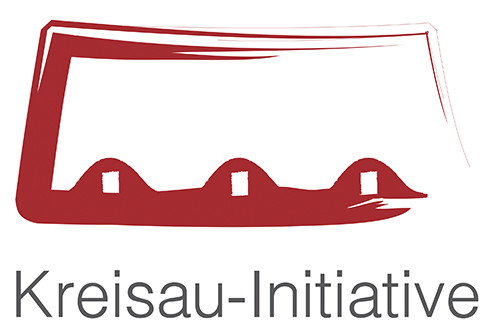Author: David Gross
-
Prosecutor vs. Simon Bikindi
Indictment Simon Bikindi is charged with aiding and abetting the commission of genocide, punishable under Art. 6 (a) and (b) and 25 (3) (c) RS. Case background: The conflict in Rwanda (1994) Rwanda, a country in the Great Lakes Region of Africa, gained independence from Belgian colonial rule in 1959. By 1961, the traditional Tutsi-dominated…
-
Prosecutor vs. Friedrich Flick
Indictment Friedrich Flick is accused of being responsible for the commission of the crime against humanity of enslavement as a superior civilian commander, punishable under Article 7 (1) (c) and 28 (b) of the Rome Statute. Case overview Case background: World War II (1939 – 1945) The Second World War (1939-1945) was planned by the German government…
-
Prosecutor vs. Slobodan Prljak
Indictment Slobodan Praljak is charged with the destruction of the Old Bridge i.e. committing War Crimes according to Article 8 2 (a) (iv) and 2 (b) (ix) of the Rome Statute. Case overview and indictment Case background: World War II (1939 – 1945) The former Socialist Federal Republic of Yugoslavia (1945-1991) was a state in the southeast…
